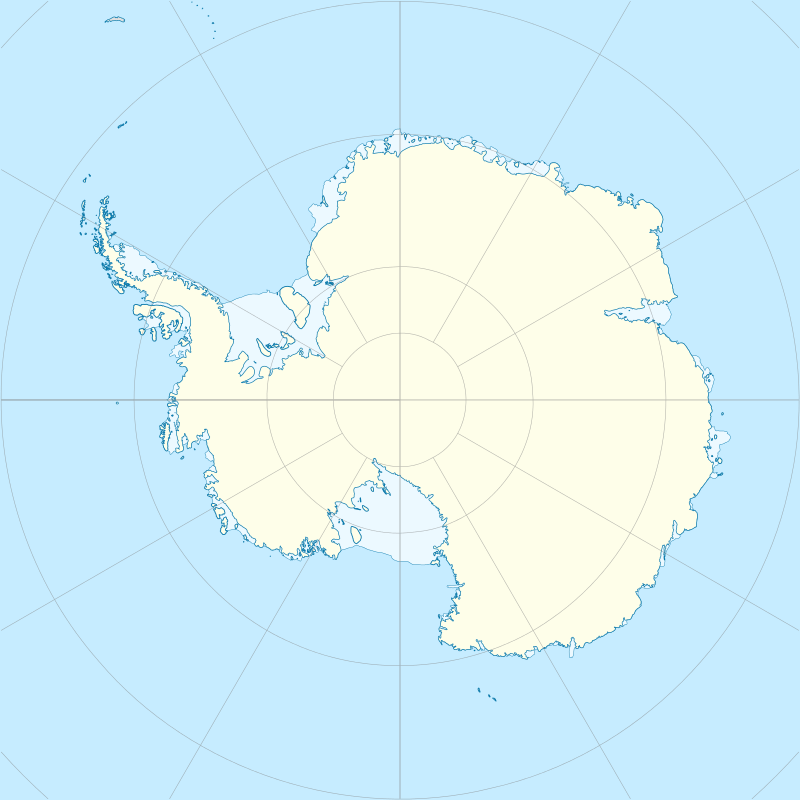Booth Island
Booth Island (or Wandel Island) is a rugged, Y-shaped island, 8 kilometres (5 mi) long and rising to 980 m (3,215 ft) off the northwest coast of Kiev Peninsula in Graham Land, Antarctica in the northeastern part of the Wilhelm Archipelago. Booth Island is located at 65°4′48″S 64°0′0″W. Discovered and named by a German expedition under Eduard Dallmann 1873–74, probably for Oskar Booth or Stanley Booth, or both, members of the Hamburg Geographical Society at that time. The Advisory Committee on Antarctic Names has rejected the name "Wandel Island", applied by the Belgian Antarctic Expedition —in honour of Danish polar explorer and hydrographer Carl Frederick Wandel, 1897–99, in favor of the original naming. The narrow passage between the island and the mainland is the scenic Lemaire Channel.
.jpg) Icebergs and Booth Island | |
 Booth Island Location in Antarctica | |
| Geography | |
|---|---|
| Location | Antarctica |
| Coordinates | 65°4′48″S 64°0′0″W |
| Archipelago | Wilhelm Archipelago |
| Length | 8 km (5 mi) |
| Highest elevation | 980 m (3,220 ft) |
| Highest point | Wandel Peak |
| Administration | |
| Administered under the Antarctic Treaty System | |
The highest point of the island is 980-metre (3,215 ft) Wandel Peak. Damien Gildea called it "one of the most challenging unclimbed objectives on the Antarctic Peninsula". On 15 February 2006 the peak was reached by a group of Spanish alpinists, who still avoided the last 10–15 metres (32.8–49.2 ft) of the mushroomlike top.
See also
- Port Charcot
- Composite Antarctic Gazetteer
- List of Antarctic and sub-Antarctic islands
- List of Antarctic islands south of 60° S
- SCAR
- Territorial claims in Antarctica
References
- Damien Gildea, "Climbs and Expeditions: Antarctic Peninsula", American Alpine Journal vol. 45 no. 77 (2003) p. 335
- José Carlos Tamayo in John Harlin III (ed.) The American Alpine Journal, 2006, Mountaineers Books, Seattle 2006 p. 294 ISBN 1-933056-01-0
External links
| Wikimedia Commons has media related to Booth Island. |